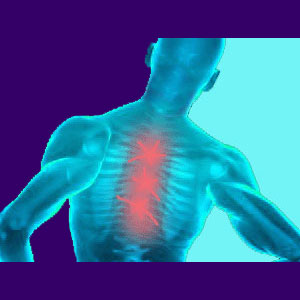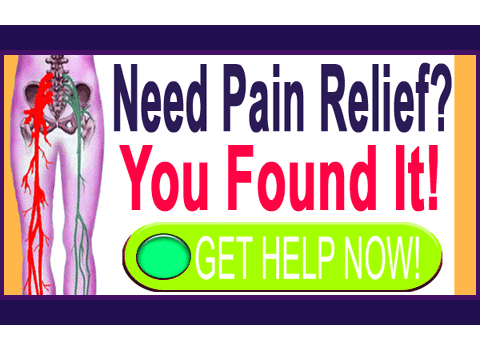
Back pain exercises are prescribed for a wide range of problematic spinal and muscular conditions. Physical therapy is a common conservative treatment modality for virtually all types of back ache, regardless of the diagnosed source.
Although back exercises are great for your body, it is not exactly clear what they are supposed to do in terms of curing a spinal abnormality, such as a herniated disc or spinal stenosis. However, this does not prevent doctors and physical therapists from recommending multiple rounds of PT for most patients as part of a conservative treatment plan.
What is the reason for this typical prescription, if the exercise used has basically no hope of curing the underlying causative mechanism? This is the question we tackle in this important topical discussion focused on the pros and cons of exercise therapy for back pain problems.
Theory of Back Pain Exercises
If you ask a doctor about the goals of exercise therapy, you are likely to hear something like this:
Exercise will strengthen your core muscles, which will help to support the weak and painful area of your back. Exercise will also help increase your flexibility, increase your effective range of motion and help to fight that tight feeling which bothers you so much.
This is what I was told countless times by far too many doctors to remember. It seems to be the standard answer given to most patients, although it makes little or no medical sense. After all, I was looking for a cure, not just some minor back pain relief. I still want to know why exercise therapy is used for weeks or months when the modalities utilized will never resolve the structural issues that are diagnosed as the source of pain.
Reality of Exercises for Back Pain
First off, the back muscles are incredibly strong. They rarely need strengthening, since the very act of keeping the body upright while standing is a terrific day-to-day workout.
Second, “supporting” a painful area does not prevent symptoms and increasing the range of motion is mostly important during rehabilitation, when an injury has noticeably affected the normal function of the area.
Regardless of the seemingly illogical use of physical therapy, exercise often does produce good results in many patients and the only mystery is why it works. Let’s look deeper at what exercise actually accomplishes and why so many patients do indeed cite positive short-term outcomes from using exercise therapy.
Back Pain Exercises for Ischemia
Oxygen deprivation back pain is one of the most common sources of ongoing chronic symptomatic conditions anywhere in the anatomy. Ischemia is known to cause nerve pain at very low levels of reduced oxygenation and can also cause muscular pain and back spasms at higher levels of oxygen deprivation. Unfortunately, this type of pain is rarely correctly diagnosed and most patients never know that their suffering is due to a completely harmless, although extremely agonizing process.
Exercise increases local circulation of blood, removing cellular waste products, and more importantly, bringing a fresh supply of oxygen to the affected region. Exercise counters the effects of ischemia, reducing symptoms and providing temporary symptomatic treatment for the patient. This explains why so many of us find that temporary, but sweet, respite from pain during and immediately after exercise. Alas, the pain always returns a few hours later.
Sound familiar?
Back Pain Exercise Analysis
Exercise is terrific, but it is not an effective cure for most types of back pain. If you have experienced temporary relief from exercise therapy, but always endure a relapse of symptoms a short time later, than you are certainly not alone. This is one of the most universal profiles of back ache shared by patients with many different diagnosed conditions. If this is your reality, then you must consider the fact that your pain might have been misdiagnosed.
Chronic oxygen deprivation back ache can be the result of a mindbody process, and in these cases, may be curable using knowledge therapy. Remember that psychoemotionally-induced back pain is one of the most common forms of chronic pain.
There is no shame in acknowledging the existence of this condition, since interaction between the mind and body is normal, healthy and expected. It is simply a shame that so many patients would rather suffer in pain for years than explore an alternate and scientifically sound possible explanation for why they simply can not beat their chronic dorsopathy.
For detailed information on using exercise to combat your particular form of back problem, be sure to talk to your doctor and demand answers which make sense to you.





